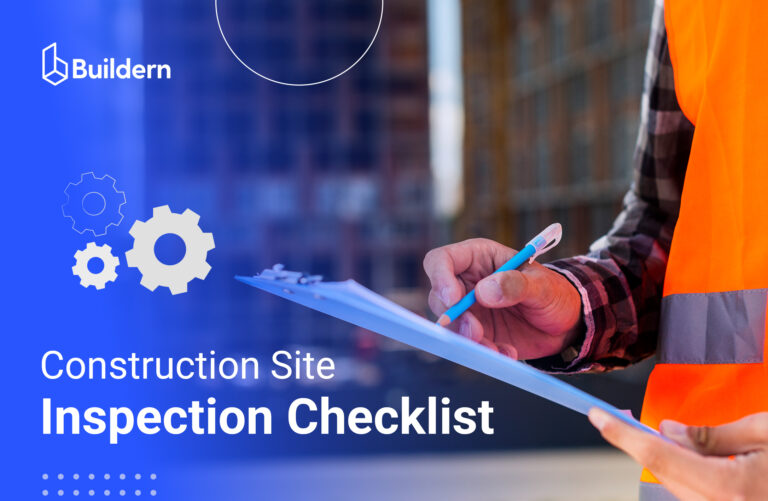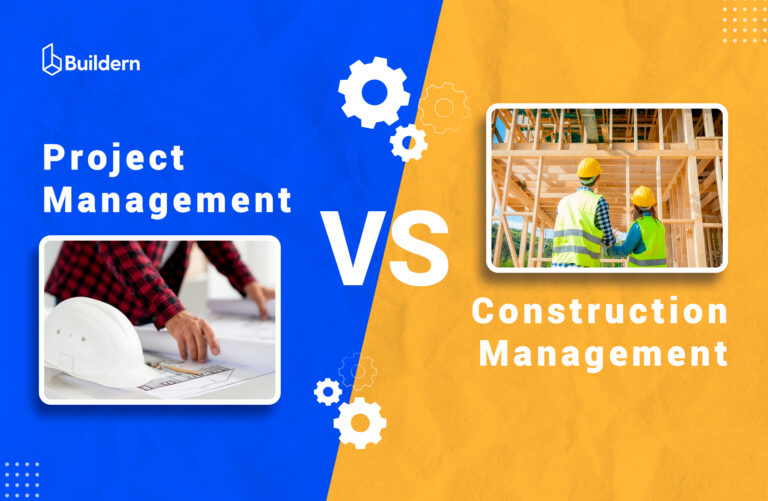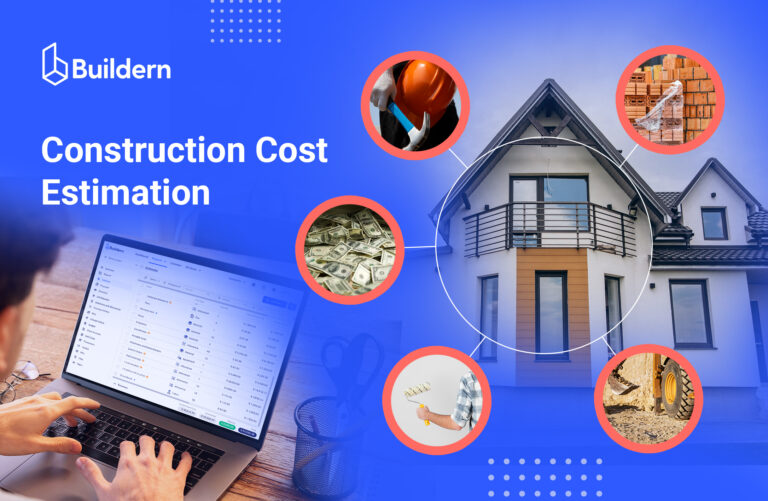The Ultimate Guide to Construction Site Inspection Checklist

Have you ever wondered what keeps the construction project on track, ensuring that everything goes as expected? The answer lies in the construction site inspection checklist, which is a powerful tool to monitor progress, assess if it complies with local regulations, and ensure that everything is carried out according to the highest standards.
A construction site inspection checklist is essential for any construction project. It minimizes the risks of construction site accidents and promotes a safer environment for its employees. In this article, we will explore the types of inspections and what to include in the checklist to help you effectively manage the site and ensure successful construction projects.
Table of Contents
- Importance of Construction Site Safety Inspection Forms
- Types of Inspections
- When Construction Site Inspection Occur
- 10 Essential Steps for an Effective Site Inspection Checklist
- Final Thoughts

Importance of Construction Site Safety Inspection Forms
Conducting thorough construction site safety inspections is a necessary component of any construction project. Without proper inspection, construction projects are destined to failure or, in worst-case scenarios, to site accidents.
Construction site safety inspections allow companies to identify potential hazards before incidents occur. Regular site inspections promote a culture of construction site safety and ensure the well-being of employees. Moreover, they help employers prevent safety violations and improve workers’ productivity, ultimately leading to the successful completion of projects.
Types of Inspections
Various types of construction site inspections should be included in the checklist. Below, let’s explore the most common inspections.
Daily Inspections
Daily inspection helps to keep employers informed about the day-to-day operations of the project. Conducting daily inspections may serve different purposes, such as preventing accidents and injuries, identifying potential quality issues, and mitigating schedule delays.
Quality Control Inspections
Performed by the quality control manager or construction superintendent, QC inspections are important in delivering the project on time and within its financial limits. Failure to identify quality issues on time may result in schedule delays and construction rework. Quality control inspections are scope-specific, which means that they are customized to focus on specific requirements and standards depending on the particular part of the project.
Health and Safety Inspections
Health and safety inspections aim to identify potential safety hazards that may arise. Generally, teams conduct health and safety inspections weekly, and if they observe anything that may potentially harm employees or people at the construction site, they record it in the construction inspection log and make the necessary corrections. Health and safety inspections help identify hazards, mitigate risks, and ensure the success of construction projects without any delays or reworks.
OSHA Inspections
In some cases, OSHA may visit a construction site to perform a comprehensive inspection. However, such visits are random, and OSHA does not inform in advance about its inspections. Since it’s hard to predict whether such inspections will take place or not, it is essential to perform internal inspections to predict any unexpected issues in case OSHA inspections take place.
Environmental Inspections
This is performed by a third-party inspector who verifies that everything complies with environmental regulations. Typically, environmental inspections focus on the protection of nearby habitats, soil and water protection, air quality, and waste management.
Draw Inspections
This is the type of inspection that usually occurs when taking construction loans. Draw inspections allow lenders to see if the construction is within its schedule and according to its plan. Once they approve that a particular phase of the project is complete, the lender provides the next installment of the loan.
Insurance Inspections
Third-party inspectors usually conduct insurance inspections. This type of inspection typically occurs after major renovations or claims. Insurance inspections aim to ensure that the property is protected and safety risks can be managed accordingly.
When Construction Site Inspection Occur
Typically, construction site inspections can occur at various stages of construction projects. Let’s dig deeper and explore those inspections at each stage separately.
- Preconstruction phase: While most inspections occur during the construction stage of projects, they usually start during the preconstruction phase. At this stage, companies perform inspections to ensure that the site is properly prepared for construction and that it complies with local regulations.
- Construction phase: It is essential to perform regular construction site inspections at the construction stage of the project to ensure that everything goes according to the plan athat nd that there are no health or safety risks.
- After the foundation is poured
- When the framing is complete
- After mechanical, electrical, and plumbing systems are installed
- Project Closeout: Final inspections are carried out at the end of the project, which aims to verify that everything is in place and has been completed in compliance with the contract documents. Once conformed, the building is ready for occupancy or for its intended use.
💡Did you know that Buildern, a construction estimating and project management software, can help you manage all the critical phases of construction, ensuring each inspection is properly documented and monitored for quality and compliance?

10 Essential Steps for an Effective Site Inspection Checklist
An effective site inspection checklist is an important part of any construction project, and skipping even one step throughout this process can lead to safety risks and costly delays. To help you complete construction projects, we will examine 10 essential steps for an effective site inspection checklist.
Define the Purpose of Your Inspection
Before even starting your inspection, try to identify the purpose of your inspection. Is your purpose to monitor the progress at the construction site, risk management, safety compliance, quality control, or regulatory compliance? Understanding the reason behind your inspection will allow you to address the specific needs of your construction project.
Ensure Safety Compliance
Inspecting safety compliance is important, aiming to protect the construction site and employees. To ensure safety compliance, construction inspectors should monitor hazardous areas, check if all the employees are aware of all the necessary safety protocols, and ensure that the construction is insured for potential risks and accidents.
Evaluate Project Documentation
Before performing construction site inspections, it is important to examine all the project documentation thoroughly. Inspectors should always check the blueprints and drawings, permits and licenses, project milestones and schedules and review the project’s scope. Revisiting all these documents will ensure that the project adheres to all the necessary regulations.
Assess the Site Conditions
Assessing the site condition is an extremely important step to consider for any construction project, which will allow you to check if it is safe and suitable for the given construction project. When examining the site condition, pay attention to the waste management and proper drainage systems. Moreover, identify if there are any infrastructure issues, assess the environmental and weather impact, and identify potential hazards that may arise.
Examine Construction Materials
Before delving into construction projects, it is essential to evaluate construction materials. Try to understand their suitability for the given construction project and environmental conditions. Additionally, you should check for its durability and long-term maintenance to ensure that it meets project requirements.
Monitor Work Progress
As soon as the construction stage of the projects begins, it is essential to monitor work progress to ensure that everything is under control. Note any delays and try to make the necessary adjustments in the schedule to keep the project on track. Moreover, monitor resource allocation and perform quality control checks. Consistently monitoring work progress will allow you to identify potential issues early on and take the necessary precautions on time without sacrificing the quality of the project.
Inspect Workmanship Quality
Inspecting the quality of workmanship is an important step, ensuring that everything is built according to the highest standards, ultimately preventing costly repairs or reworks later. Performing such inspections should be done consistently, ensuring the quality of the final product.
Check Equipment and Machinery
Continuously monitor and check if all the necessary equipment and machinery are working properly. Properly working equipment minimizes the risk of accidents and project delays while ensuring the productivity of the project.
Document Findings
Whenever performing inspections, make sure to document your findings. Recording your notes and observations from your inspection can help you identify potential issues you have not noticed during your observation. This will eventually help you develop a clear action plan to make the necessary changes.
Provide Actionable Feedback
As you finish your inspection at the construction site, make sure to provide constructive feedback and the necessary recommendations for improvements. Share this feedback with your team to maintain transparency and accountability, ensuring that the entire team is on the same page.
Final thoughts
A well-structured construction site inspection checklist is the cornerstone of the successful completion of projects. Conducting regular inspections allows companies to identify potential hazards and prevent them before they become a reality. Being informed about the types of inspections and the steps for effective construction site checklists can help companies ensure quality control and stick to project timelines. By sticking to the checklist and performing it thoroughly and consistently, they can avoid delays and costly rework and proactively address issues that may occur.



